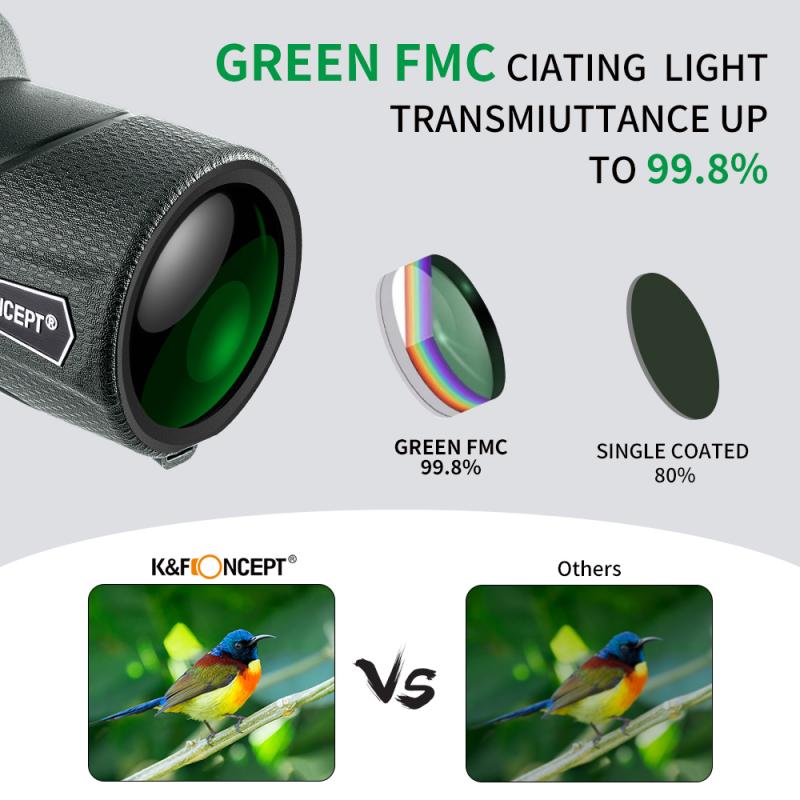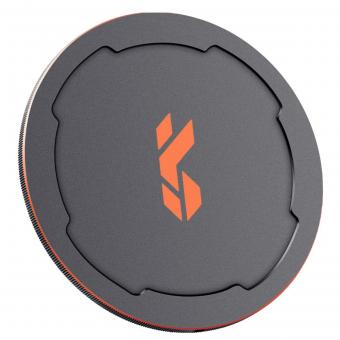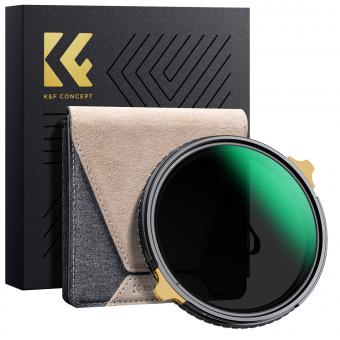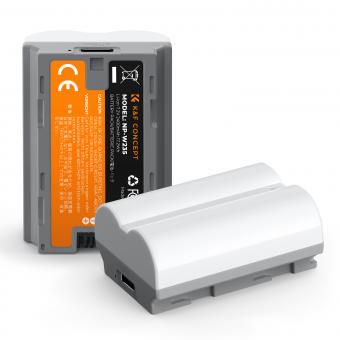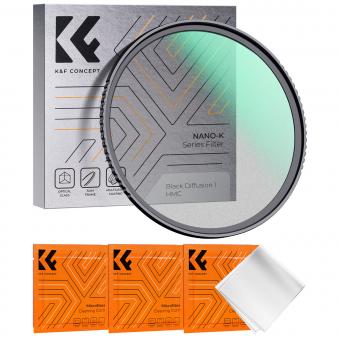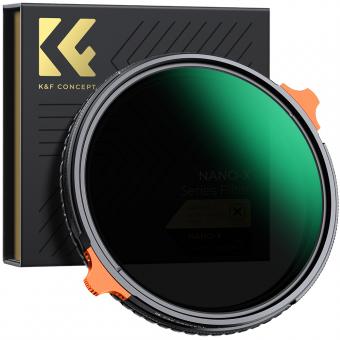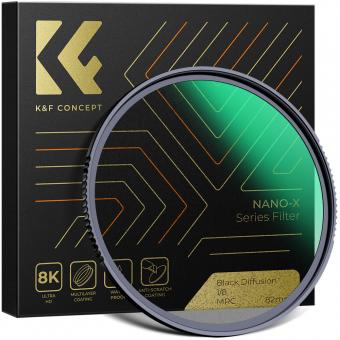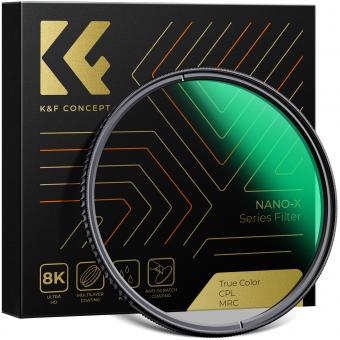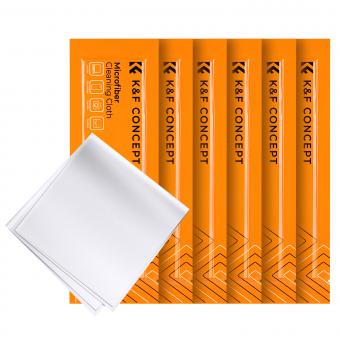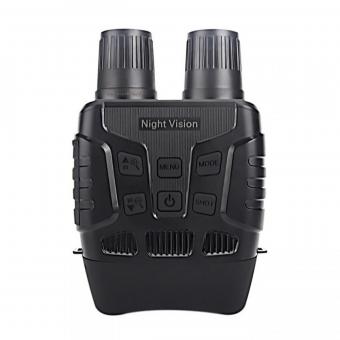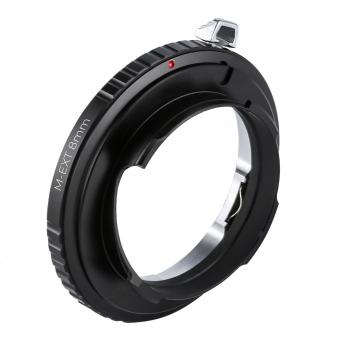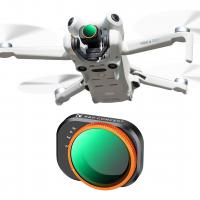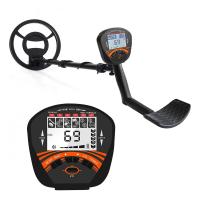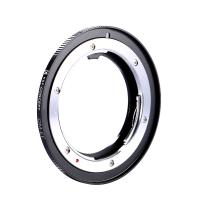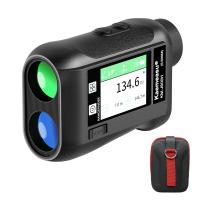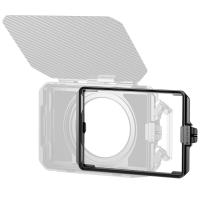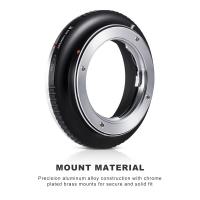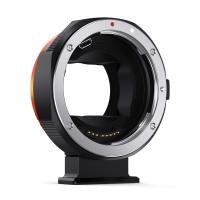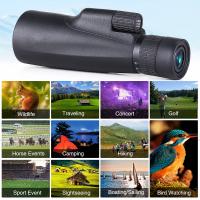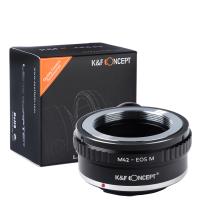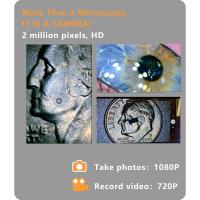What Do The Numbers On Monoculars Mean ?
The numbers on monoculars typically refer to the magnification power and the objective lens diameter. For example, if a monocular is labeled as "8x42," it means that the magnification power is 8x, making the viewed object appear 8 times closer than it actually is. The objective lens diameter is 42mm, which determines the amount of light that can enter the monocular. Generally, a larger objective lens diameter allows for more light transmission and better low-light performance.
1、 Magnification power
The numbers on monoculars represent the magnification power of the device. For example, if a monocular has the numbers "8x42" written on it, it means that the device has a magnification power of 8 times and an objective lens diameter of 42mm.
The magnification power indicates how much larger an object will appear when viewed through the monocular compared to the naked eye. In the case of an 8x magnification, the object will appear eight times closer than it actually is. This can be particularly useful for activities such as birdwatching, wildlife observation, or even stargazing.
It is important to note that while higher magnification may seem desirable, it is not always the best option. Higher magnification can result in a narrower field of view, making it more difficult to locate and track objects. Additionally, higher magnification can also amplify hand movements, making it harder to maintain a steady image.
The objective lens diameter, in this case, 42mm, is also significant. A larger objective lens allows more light to enter the monocular, resulting in a brighter and clearer image. This is particularly important in low-light conditions or when observing distant objects.
It is worth mentioning that the choice of magnification power and objective lens diameter depends on the intended use of the monocular. Different activities may require different specifications. For example, a higher magnification power may be more suitable for long-distance observations, while a larger objective lens diameter may be preferred for low-light conditions.
In conclusion, the numbers on monoculars represent the magnification power and objective lens diameter. The choice of these numbers depends on the intended use of the monocular and personal preferences.

2、 Objective lens diameter
The numbers on monoculars typically refer to the objective lens diameter. This measurement is expressed in millimeters and represents the diameter of the front lens of the monocular. For example, if a monocular is labeled as "10x42," it means that the objective lens has a diameter of 42 millimeters.
The objective lens diameter is an important specification as it directly affects the amount of light that can enter the monocular. A larger objective lens diameter allows more light to enter, resulting in a brighter and clearer image. This is particularly beneficial in low-light conditions or when observing distant objects.
However, it is important to note that a larger objective lens diameter also means a larger and heavier monocular. This can make it less portable and more challenging to hold steady. Therefore, it is essential to strike a balance between the desired brightness and the practicality of the monocular.
In recent years, there has been a trend towards larger objective lens diameters in monoculars. This is driven by advancements in lens technology and the increasing demand for better low-light performance. Many manufacturers now offer monoculars with objective lens diameters of 50mm or even larger.
Ultimately, the choice of objective lens diameter depends on the intended use of the monocular. If you plan to use it primarily in daylight or for general observations, a smaller objective lens diameter may suffice. However, if you require enhanced low-light performance or long-range observations, a larger objective lens diameter would be more suitable.
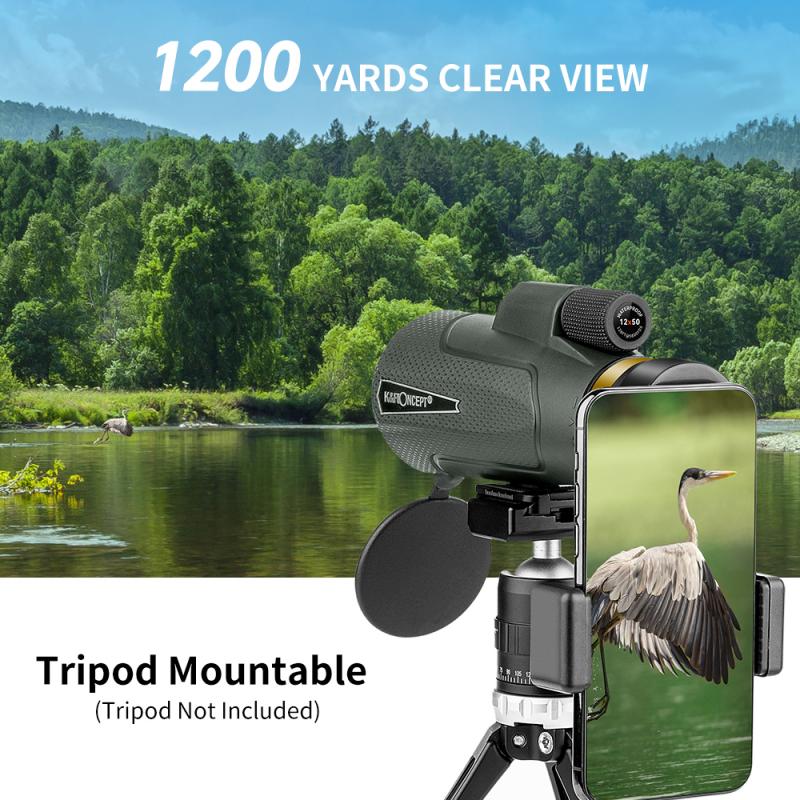
3、 Field of view
The numbers on monoculars typically refer to two important specifications: magnification power and field of view. Magnification power indicates how much larger an object will appear when viewed through the monocular compared to the naked eye. For example, if a monocular has a magnification power of 10x, it means that the object will appear 10 times closer than it would to the naked eye.
On the other hand, the field of view refers to the width of the area that can be seen through the monocular at a specific distance. It is usually measured in feet or meters at a certain distance, such as 1000 yards or 1000 meters. A wider field of view allows for a larger area to be observed, making it easier to track moving objects or scan a landscape.
When considering the field of view, it is important to note that a larger magnification power often results in a narrower field of view. This is because higher magnification lenses tend to focus on a smaller portion of the scene, reducing the width of the observable area. Conversely, lower magnification monoculars offer a wider field of view, but objects may appear less magnified.
It is worth mentioning that the latest advancements in monocular technology have led to the development of monoculars with wider fields of view without compromising on magnification power. Manufacturers are constantly striving to improve the optics and design of monoculars to provide users with a better viewing experience.
In conclusion, the numbers on monoculars indicate the magnification power and field of view. Understanding these specifications is crucial in selecting the right monocular for your needs, whether it be for birdwatching, hunting, or other outdoor activities.
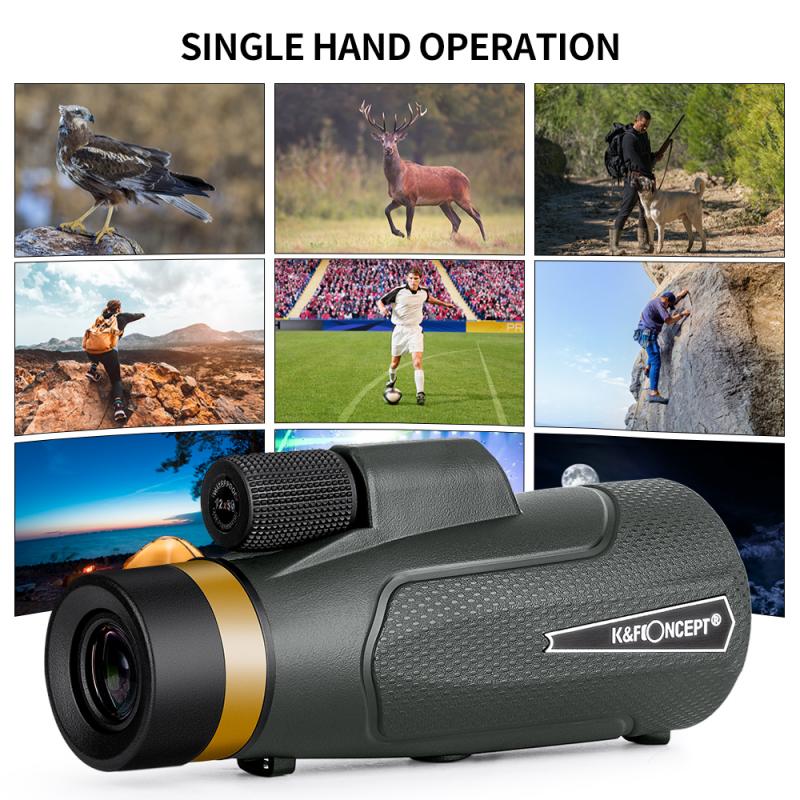
4、 Exit pupil size
The numbers on monoculars typically refer to two important specifications: magnification power and objective lens diameter. However, the term "exit pupil size" is not directly related to the numbers on monoculars.
Magnification power is denoted by a single number, such as 8x or 10x, which indicates how many times closer the viewed object will appear compared to the naked eye. For example, an 8x monocular will make an object appear eight times larger than it would be seen with the unaided eye.
The second number represents the objective lens diameter, measured in millimeters. This number determines the amount of light that can enter the monocular. A larger objective lens diameter allows more light to enter, resulting in a brighter image. For instance, a monocular with a 42mm objective lens diameter will provide a brighter image than one with a 25mm objective lens diameter.
Regarding exit pupil size, it refers to the diameter of the beam of light that exits the eyepiece of the monocular and enters the viewer's eye. It is calculated by dividing the objective lens diameter by the magnification power. A larger exit pupil size generally means a brighter image, especially in low-light conditions. However, the human eye's pupil can only dilate up to a certain size, typically around 7mm in bright conditions and 2-3mm in low-light conditions. Therefore, an exit pupil size larger than the eye's pupil size will not provide any additional benefit.
In conclusion, while the numbers on monoculars indicate magnification power and objective lens diameter, the term "exit pupil size" is not directly related to these numbers.
